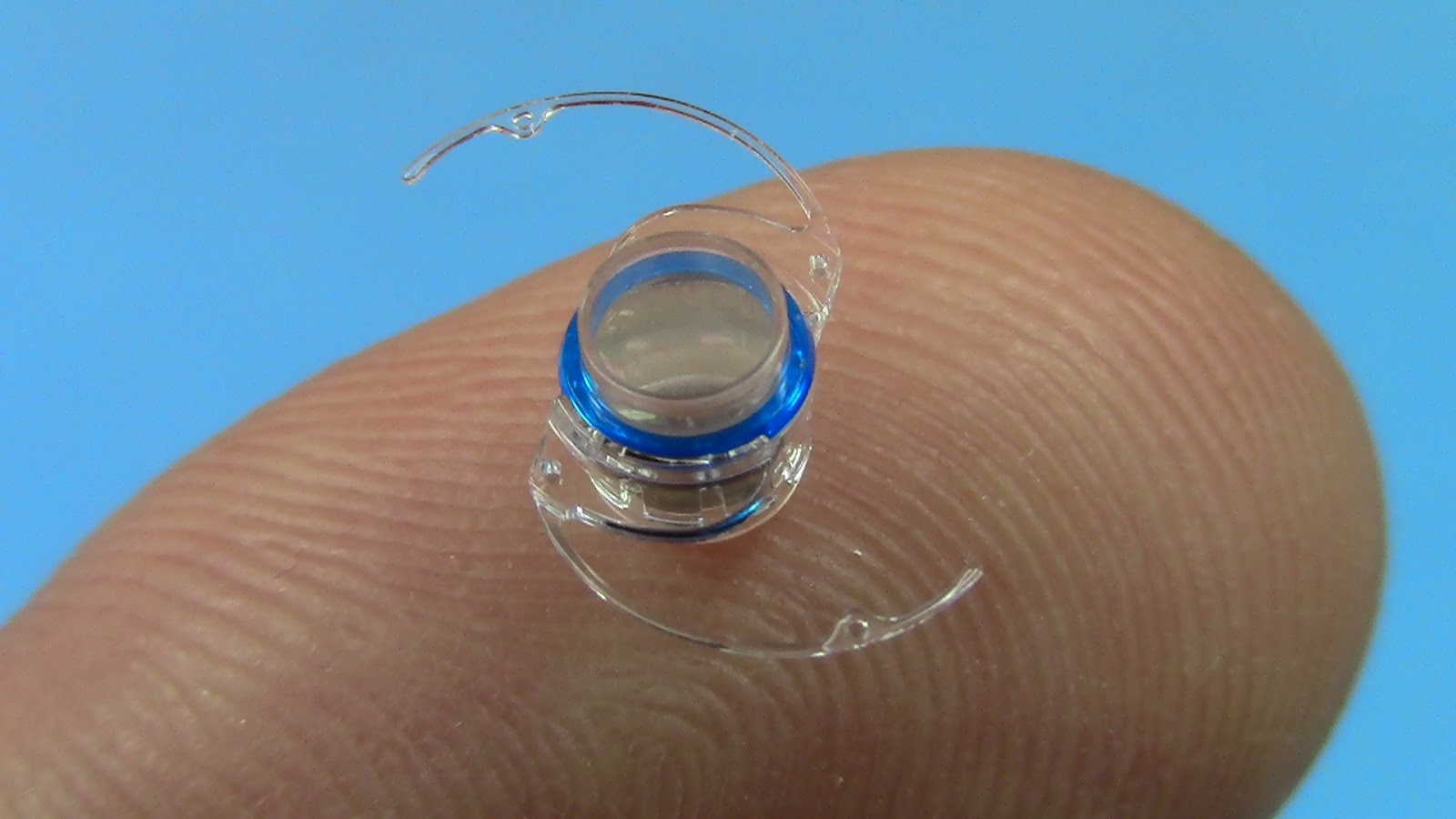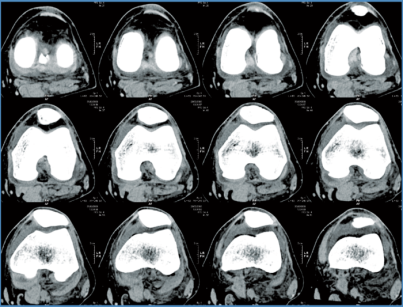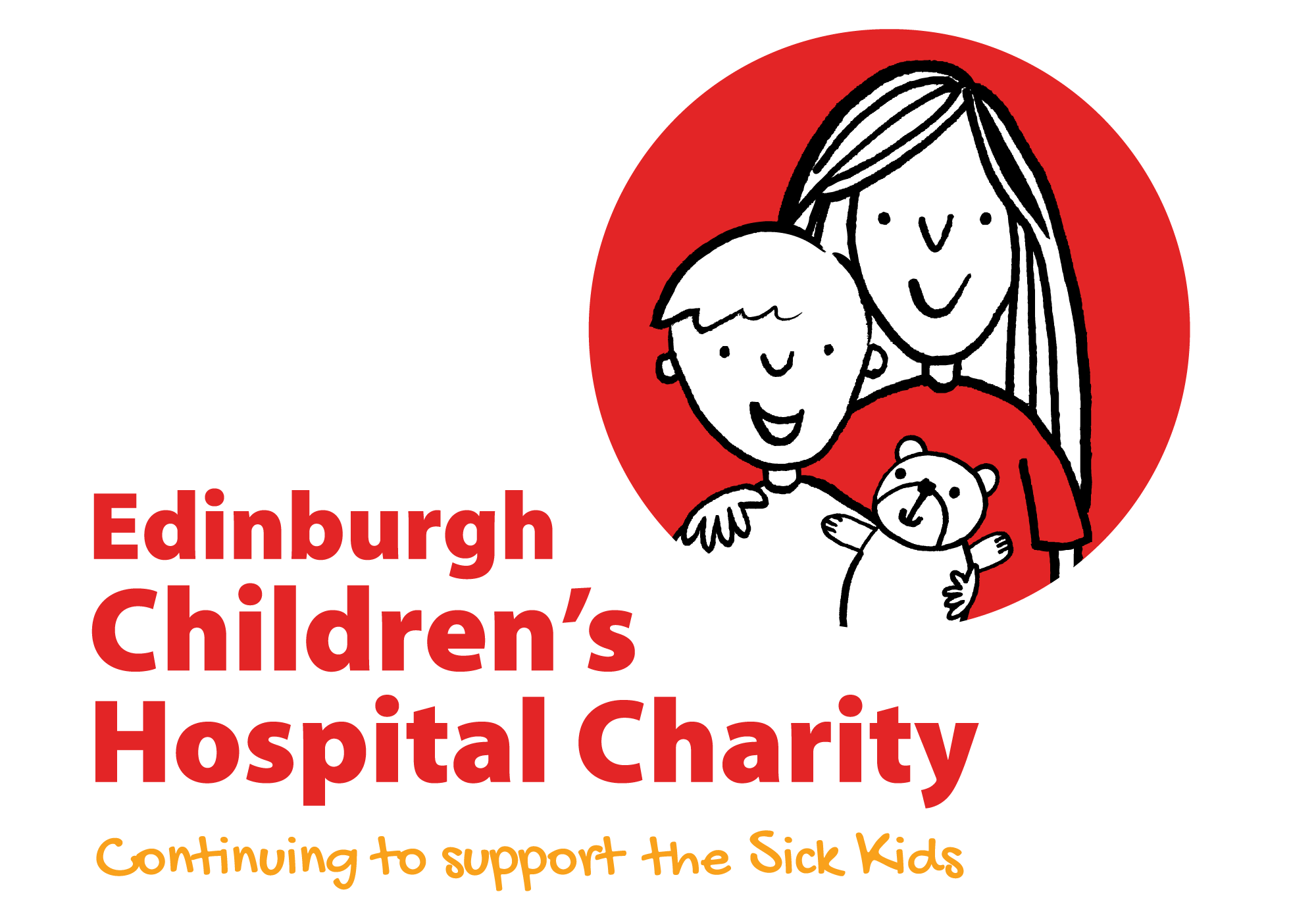 It is the leading cause of irreversible vision loss and legal blindness in the over 60s yet so many people have never heard of End-Stage Age-Related Macular Degeneration (AMD). And because so few people know about the condition even fewer are aware there is an effective treatment available.
It is the leading cause of irreversible vision loss and legal blindness in the over 60s yet so many people have never heard of End-Stage Age-Related Macular Degeneration (AMD). And because so few people know about the condition even fewer are aware there is an effective treatment available.
Now a specialist Edinburgh eye surgeon is able to fit a tiny telescope inside the eye that can dramatically improve vision without limiting natural eye movement.
Mr Jonathan Ross, – a Consultant Ophthalmologist at Spire Shawfair Park Hospital’s Laser Vision Scotland, is carrying out Implantable Telescope Technology using a device created by CentraSightTM.
The tiny telescope – smaller than a pea – is implanted inside one eye, behind the iris (the coloredcoloured part of the eye). The implant is so small it is barely noticeable.
Mr Ross explained: “This really is a major step forward in the treatment of End Stage AMD. While it does not represent a cure it has been shown in clinical trials to improve vision by several lines on a reading chart, offering suitable patients the chance to read and to see the details of people’s faces again.
“Once fitted, patients participate in a sight rehabilitation programme where they are taught how to use the device – in effect we train their brains to get the most out their damaged retinas.
Because End Stage AMD affects central rather than peripheral vision, someone with the condition will find that if they look directly at an object, the surrounding area will be clear but the actual ‘target’ of the eye will be smudged and hard to distinguish.
Mr Ross said: “We test both eyes and fit the telescope into the stronger eye. Once it is in place that eye does the work of both eyes as far as central vision is concerned while the other eye takes over providing the peripheral vision.
“As a trade-off to improving central vision, the peripheral vision will be partly restricted in the eye with the telescopic implant. However, your vision in the other eye will be unaffected.
“The eyes then learn to work together to provide ‘normal’ vision without the patient really being aware of which eye is doing which job.”
He added: “Laser Vision Scotland at Spire Shawfair Park is the only hospital in Scotland carrying out this procedure and I think it is important to get the message out to End Stage AMD sufferers that this cutting-edge treatment is now available.
 An Edinburgh hospital has become the first in Scotland to introduce widespread use of ‘robot technology’ that will transform the way hip and knee replacement operations are carried out.
An Edinburgh hospital has become the first in Scotland to introduce widespread use of ‘robot technology’ that will transform the way hip and knee replacement operations are carried out.
The robot, which costs almost £1m, will allow surgeons to carry out ‘tailor-made’ hip and knee replacement surgery at Spire Murrayfield Hospital.
Surgeons have predicted that the Stryker Mako Robotic Arm will improve patient outcomes – reducing the time spent in hospital while speeding up overall recovery times.
Mr James Patton, a Consultant Orthopaedic Surgeon at Spire Murrayfield, said: “This really moves us right to the cutting edge of knee and hip surgery. Not only does this mean I can personalise every operation to suit each patient – it also allows me to make alterations mid-operation that just couldn’t be made using previous surgical methods.”
Mr Patton, who has trained on the Stryker Mako in both Australia and Germany, said the robot would have a major effect on partial knee replacements which he predicts could reduce dramatically the amount of total replacements needed.
“Strangely enough, a partial replacement requires a lot more precision and is a technically more difficult operation to perform so, in many cases, it is decided that the patient will actually get a better outcome from a full replacement,” he said.
A partial knee replacement is a treatment option designed to relieve the pain caused by joint degeneration due to osteoarthritis that has not yet progressed to all three compartments of the knee.
With the Stryker Mako robot a 3D image of the injured part of the knee is taken and matched to an implant of the exact dimensions needed for that particular patient.
“But a perfectly-constructed implant needs to be perfectly placed if it is going to have the best effects,” explained Mr Patton. “It is here where the robot technology comes into its own. The cuts made by the robot to remove the damaged section are much more accurate and precise than those made manually even by the most skilled surgeons.
“We will be creating an exact imprint for the exactly-measured implant to go. Even if minor adjustments to alignment and positioning need to be made during the operation the robot allows the surgeon to do that.”
It is also thought that the robot could mean patients receiving partial replacement surgery could leave hospital on the same day as they have the operation.
Mr Patton added, “This is a technology I would be happy to have myself, whereas traditional knee replacement is something I’d think very had about.”
Mr Ken Hay, Hospital Director at the Spire Murrayfield on Corstorphine Road, said: “We are proud to be the first private hospital in Scotland to use this innovative technology. It is part of our continuing commitment to providing our community and the people of Scotland with outstanding healthcare services.”
 Edinburgh-based charity the Sick Kids Friends Foundation has announced it is rebranding under the new name Edinburgh Children’s Hospital Charity (ECHC).
Edinburgh-based charity the Sick Kids Friends Foundation has announced it is rebranding under the new name Edinburgh Children’s Hospital Charity (ECHC).
Although the charity – a much-loved Edinburgh institution – is to change its name, its mission to continue to raise money to buy vital equipment and services remains as important as ever.
Roslyn Neely, CEO of the ECHC, said: “Through the amazing support and fundraising of many, many people, we’ve supported the work of the Edinburgh Children’s Hospital for 25 years. But with the hospital changing to a new name, we felt this would be a positive opportunity to also update our own name.
“Aside from our name, nothing will change in terms of the work that we do. We continue to be a grant giving organisation which exists to transform the experiences of children and young people in hospital so that they can be a child first and a patient second.
“The clinical work of the hospital is world class and often ground-breaking. However, we rely completely on the public for all our donations and we still need support to help us provide the magical extras to benefit the hundreds of thousands of babies, children and young people who will be patients over future decades.”
For more information on Edinburgh Children’s Hospital Charity, please visit: www.echccharity.org





